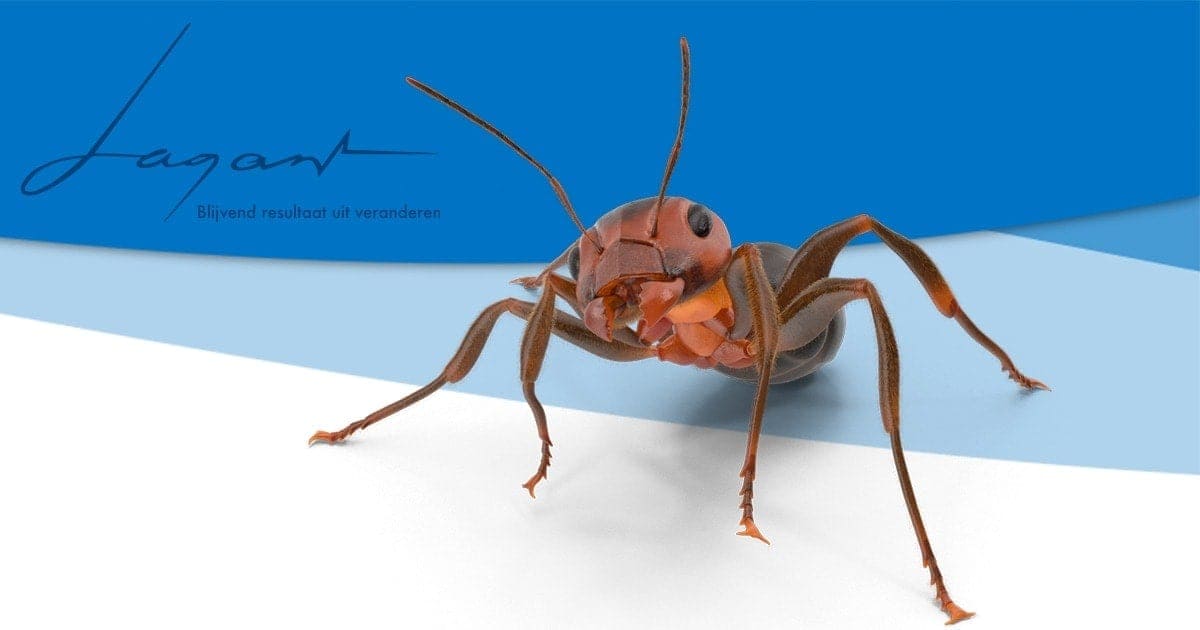Red forest ants
Red forest ants live in large colonies, in nests made of organic matter. They are able to keep the temperature in this nest at an accurate temperature of 0,2 degrees Celsius. The ideal temperature for their eggs to hatch. The nest must be in a sunny spot for this. If a nest is placed in the shade because the vegetation around it overgrows the nest, keeping it at the right temperature becomes increasingly difficult. Now most of the ants in the nest are creatures of habit (workers). They mark their routes with scent trails and only follow the routes where another ant once walked. So they actually obediently finish their work list. They will mainly work harder and harder, but do nothing structural about the problem.
The crazy ant
Fortunately, there are always a number of crazy ants (scouts) in a nest. They deviate from the fixed routes and therefore find new places that the ant people need to survive. The crazy ant is the one who will find a new place. But how does he convince the other ants to help him move the entire nest? He found a solution for that. The crazy ant goes back to the nest and lifts another ant over its head and carries it to the new place. Most ants that are lugged to the new site don't like it and quickly walk back to the nest. However, the crazy ant does not give up and keeps lugging ants to the new place until he catches a management ant (major). He thinks: “what a nice warm place for a nest this is. I'm going to help the crazy ant and also carry ants here. ” He knows who the other management ants are and therefore has a better chance of success. There are 2, then 4, then 8, then 16 and so on, ants that get excited about the new place. After about a day, these are enough to ensure that the workers get “Moving the nest” on their work list. Then it is so easy.
Without the crazy ant, they would never have found the new place.
Learning point for organizations
What can we learn from the example above? We need dissenters in organizations. We need people who deviate from the beaten track and show us new ways. Organizations that consist only of like-minded people will therefore not survive long. The example also teaches us that a change can be initiated by an individual, but this one needs support. Only with sufficient support will you see that the change will take root.
In many change processes we see that insufficient attention is paid to creating support within the organization. It is therefore not surprising that many change processes do not have the expected result.
